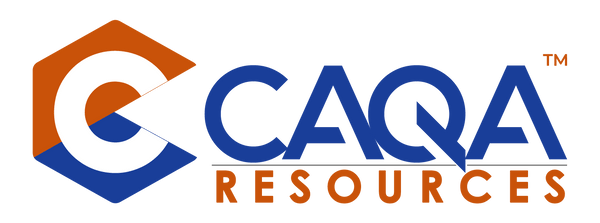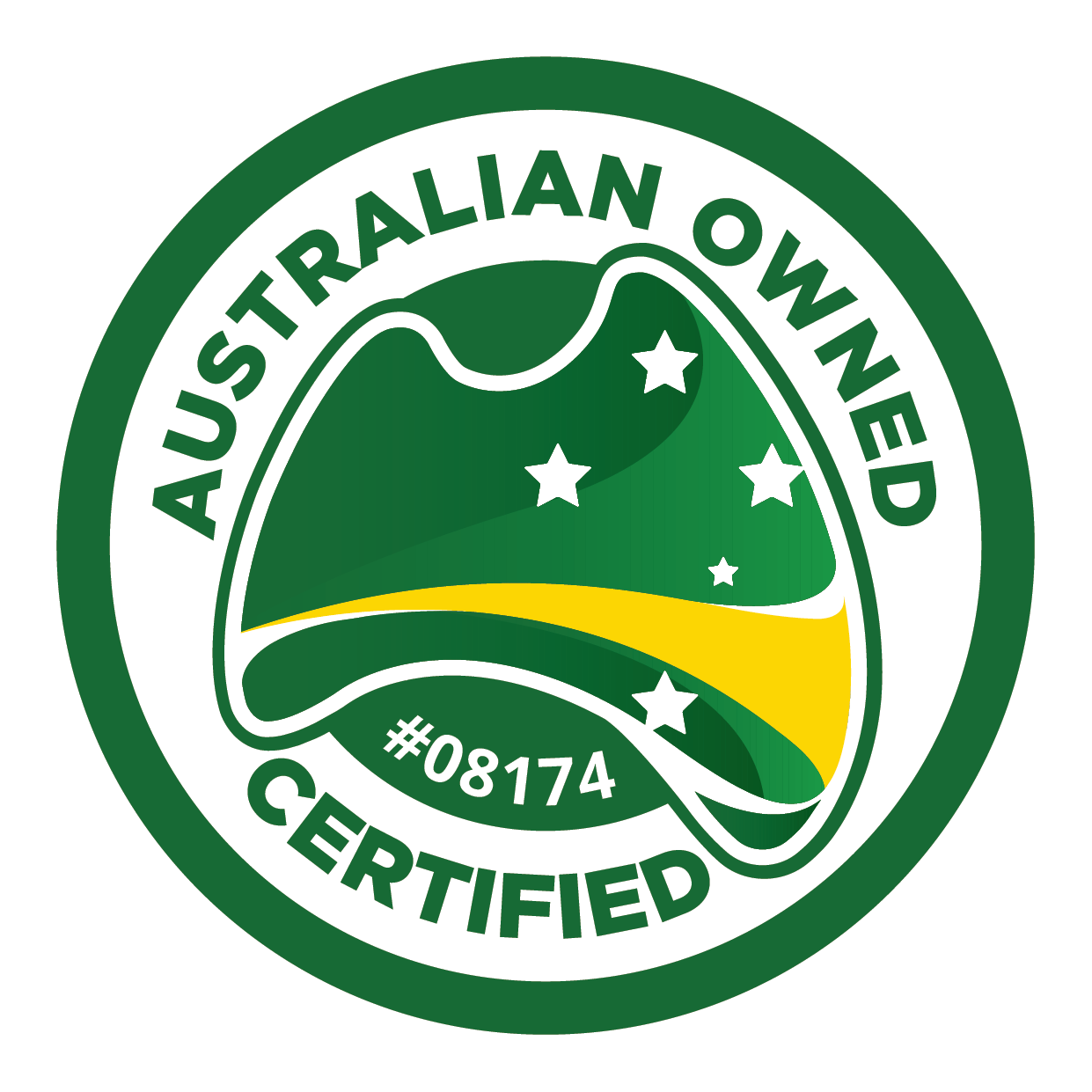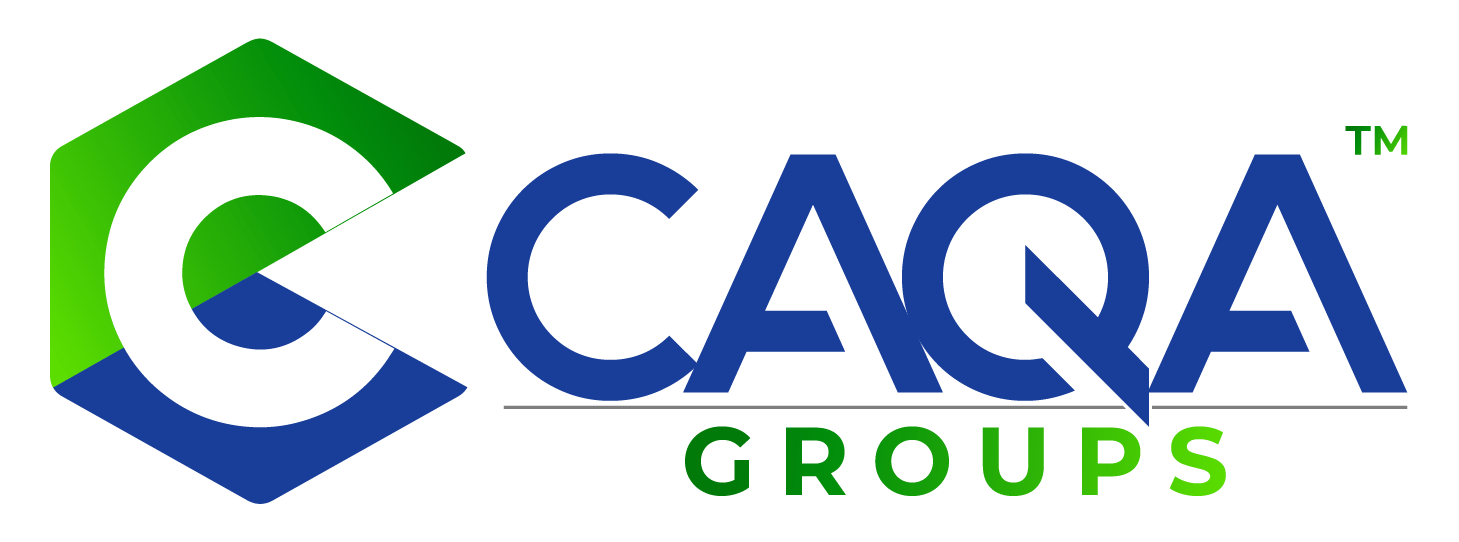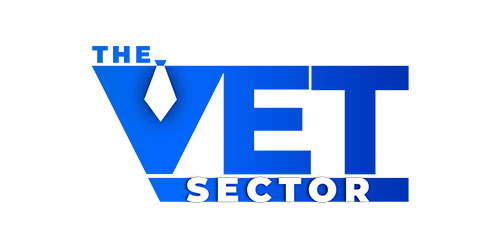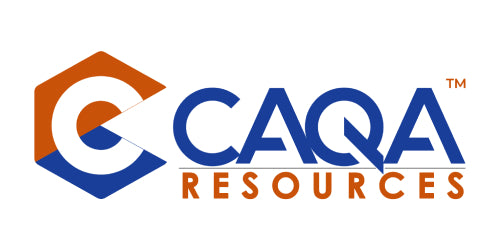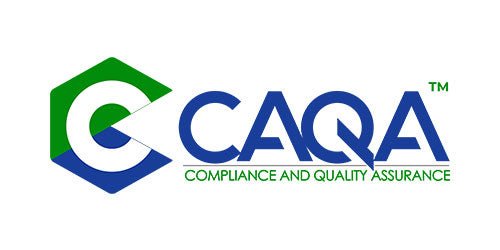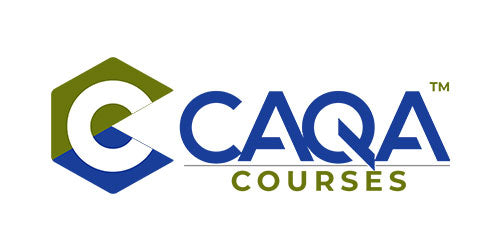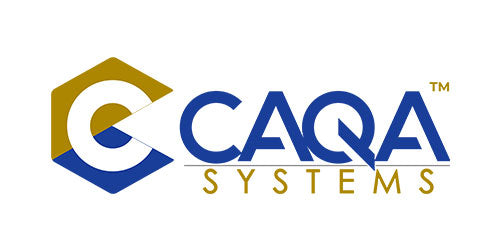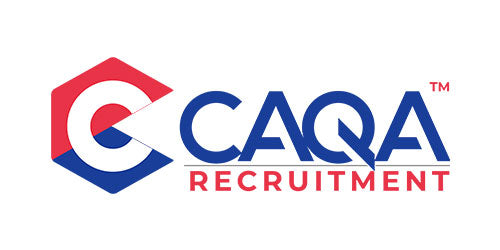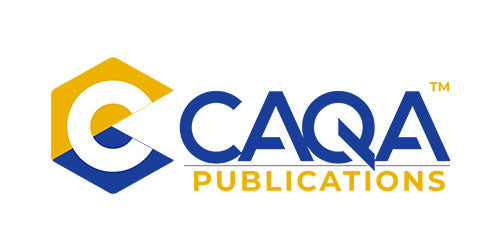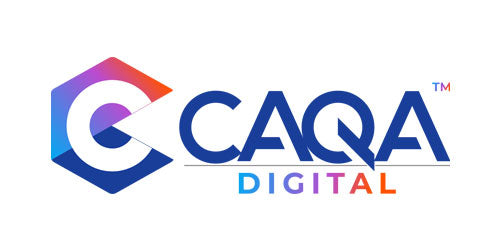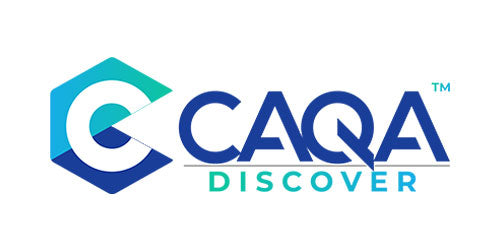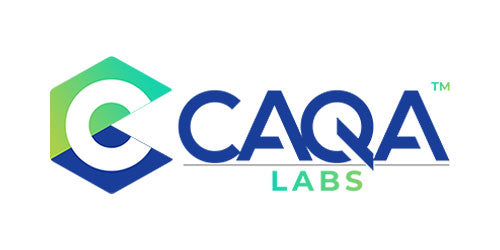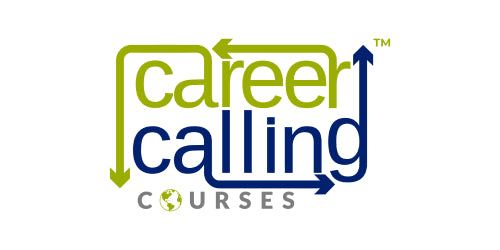Introduction
The profound impact a single encounter can have on an individual's life is vividly illustrated through the story of a young person meeting Ranger Bill, which sparked a lifelong passion for teaching with animals and led to a career as an environmental educator. Great teachers, like Ranger Bill, make a lasting impression by celebrating mistakes, appreciating differences, relaying feedback effectively, and continually evaluating themselves. This article explores these key qualities of great teachers and how they contribute to creating a supportive and engaging learning environment.
The Inspirational Encounter with Ranger Bill
A Lifelong Passion for Teaching:
- Initial Encounter: Meeting Ranger Bill at a young age ignited a passion for teaching with animals in the speaker, showcasing how a single, impactful encounter can shape one's future aspirations.
- Career Path: Inspired by Ranger Bill, the speaker pursued a career in environmental education, becoming a ranger himself at a young age. This journey highlights the importance of mentorship and inspiration in education.
Impact of Environmental Education:
- Engaging Young Minds: Ranger Bill used animals to engage and educate young students, leaving a lasting impression on the speaker and illustrating the power of interactive and experiential learning.
- Long-Term Influence: The encounter with Ranger Bill motivated the speaker to pursue higher education and a career in environmental education, emphasising the profound and lasting impact a great teacher can have on a student's life.
Celebrating Mistakes and Appreciating Differences
Creating Teachable Moments:
- Celebrating Mistakes: Great teachers turn mistakes into teachable moments, helping students learn and grow. This approach fosters a positive learning environment where students feel safe to take risks and make mistakes.
- Example: In a science class, a teacher might celebrate a student's incorrect hypothesis by exploring why it was wrong and what can be learned from the mistake, encouraging critical thinking and resilience.
Embracing Diversity:
- Appreciating Differences: Great teachers recognise and value the diverse backgrounds, experiences, and perspectives that students bring to the classroom. This appreciation enhances classroom dynamics and enriches the learning experience.
- Example: A teacher in a multicultural classroom might incorporate students' diverse cultural perspectives into discussions, projects, and activities, fostering an inclusive and engaging learning environment.
Providing Positive Feedback and Support
Boosting Confidence and Motivation:
- Positive Feedback: Providing positive feedback is crucial for boosting students' confidence and motivation. Encouraging comments and recognition of efforts can make a significant difference in students' attitudes towards learning.
- Example: A teacher who uses stamps, stickers, and encouraging comments on students' assignments creates a positive and proud learning atmosphere, motivating students to strive for excellence.
Supporting Diverse Learners:
- Welcoming Environment: Programs like Extra Special People (ESP) create welcoming environments for individuals with disabilities, where they can thrive and interact with animals, boosting their confidence and creating a sense of belonging.
- Example: An ESP program might involve students in caring for animals, providing them with responsibilities and opportunities to build self-esteem and develop new skills.
Effective Feedback and Self-Evaluation
Relaying Feedback:
- Motivating Students: Effective feedback is essential for motivating students and enhancing their performance. Feedback should be specific, constructive, and timely to help students understand their strengths and areas for improvement.
- Example: A teacher who provides detailed feedback on a student's essay, highlighting both strengths and areas for improvement, helps the student learn and grow as a writer.
Self-Evaluation:
- Continuous Improvement: Great teachers continually evaluate themselves using multiple points of data to make decisions about their teaching. Being open to change based on feedback is crucial for improving teaching effectiveness.
- Example: A teacher might use student evaluations, peer observations, and self-reflection to assess their teaching practices and make necessary adjustments to enhance student learning.
Empathy and Understanding in Teaching
Personal Connections:
- Caring for Students: The essence of being a great teacher lies in genuinely caring about students' learning and well-being. Personal connections and empathy play a significant role in creating a supportive learning environment.
- Example: A teacher who takes the time to learn about each student's interests, challenges, and goals can tailor their teaching to better meet individual needs and foster a strong, supportive relationship.
Case Study: The Impact of Snowy the Animal
- Personal Connection: Snowy, a beloved classroom pet, became a well-known figure among students, cared for by a dedicated teacher. This personal connection highlighted the importance of empathy and understanding in teaching.
- Classroom Dynamics: Snowy's presence in the classroom provided opportunities for students to learn about responsibility, care, and empathy, enhancing the overall classroom experience.
Conclusion
Great teachers celebrate mistakes, appreciate differences, provide positive feedback, and continuously evaluate themselves to make a profound impact on their students. The inspirational story of Ranger Bill and the qualities exemplified by great teachers emphasise the importance of empathy, understanding, and a commitment to lifelong learning. By embracing these principles, teachers can create supportive, engaging, and effective learning environments that inspire and empower their students.









